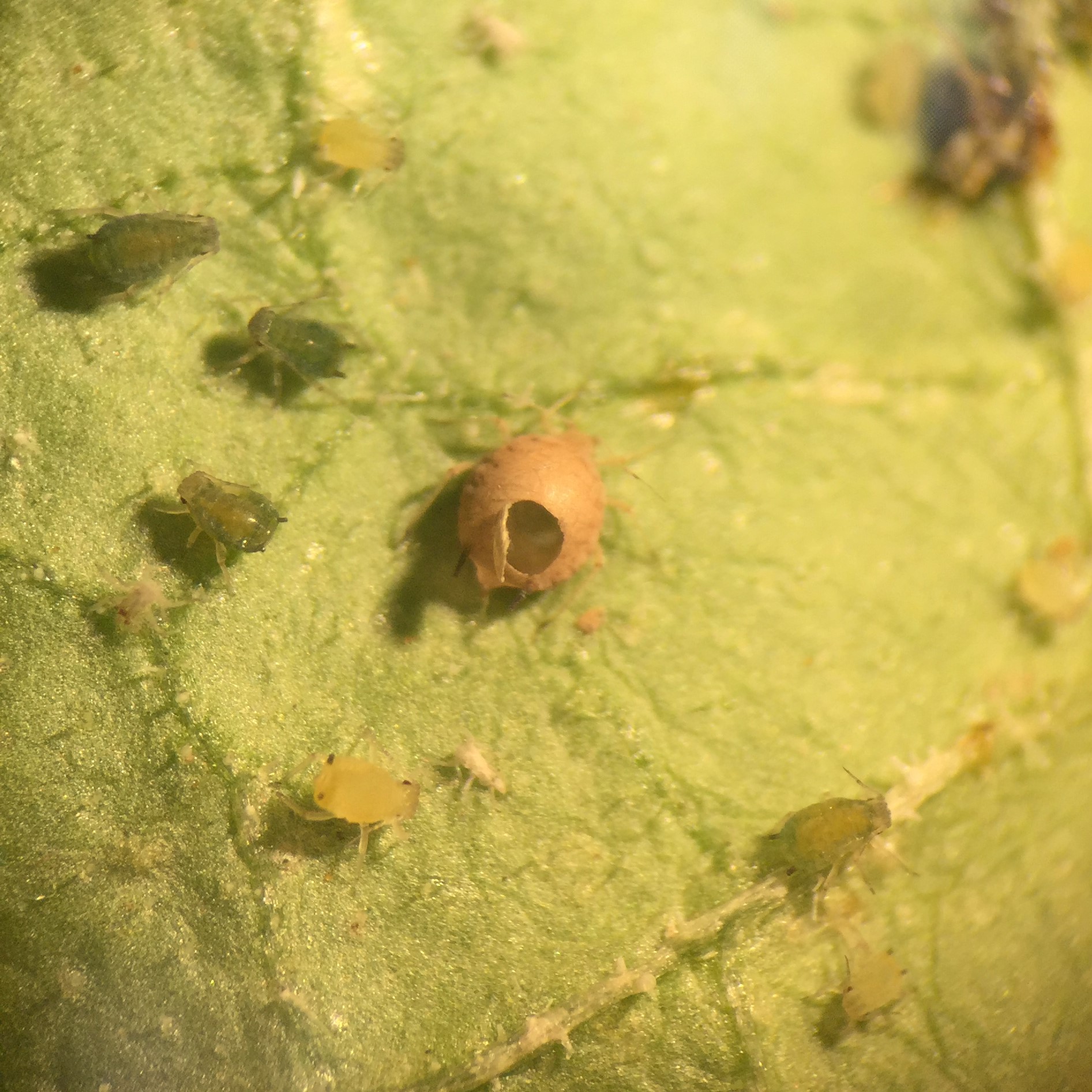Things about Eco Bed Bug Exterminators Dc
Wiki Article
Eco Bed Bug Exterminators Dc Fundamentals Explained
Table of ContentsThe 6-Minute Rule for Eco Bed Bug Exterminators DcThe 9-Second Trick For Eco Bed Bug Exterminators DcEco Bed Bug Exterminators Dc Can Be Fun For EveryoneGetting My Eco Bed Bug Exterminators Dc To WorkEco Bed Bug Exterminators Dc Can Be Fun For Everyone
Due to the fact that pesticides are hazardous, they are likewise possibly unsafe to humans, animals, other organisms, and the setting. As a result, people that make use of pesticides or consistently come in contact with them must recognize the family member toxicity, possible wellness impacts, and preventative steps to reduce exposure to the items they utilize. Hazard, or threat, of using pesticides is the potential for injury, or the degree of threat included in making use of a pesticide under an offered collection of problems.
Nonetheless, applicators can minimize or almost remove exposure-- and therefore lower threat-- by following the tag instructions, utilizing personal safety clothes and tools (PPE), and taking care of the pesticide effectively. As an example, greater than 95 percent of all pesticide direct exposures come from facial exposure, largely to the hands and forearms. By using a pair of unlined, chemical-resistant handwear covers, this sort of exposure can be nearly removed.
The harmful impacts that happen from a solitary exposure by any type of route of entrance are termed "acute impacts." The 4 routes of direct exposure are dermal (skin), breathing (lungs), oral (mouth), and the eyes. Acute toxicity is identified by taking a look at the facial poisoning, inhalation poisoning, and dental poisoning of guinea pig.
The Definitive Guide to Eco Bed Bug Exterminators Dc
Intense poisoning is determined as the amount or focus of a toxicant-- the a.i.-- called for to eliminate 50 percent of the pets in an examination populace. This step is normally shared as the LD50 (lethal dosage 50) or the LC50 (lethal concentration 50). In addition, the LD50 and LC50 worths are based on a single dosage and are taped in milligrams of chemical per kilo of body weight (mg/kg) of the guinea pig or in parts per million (ppm).The reduced the LD50 or LC50 value of a pesticide item, the higher its poisoning to humans and pets. Pesticides with a high LD50 are the least harmful to humans if made use of according to the directions on the product label. The persistent toxicity of a pesticide is determined by subjecting guinea pig to lasting exposure to the active component.
The persistent poisoning of a chemical is more challenging than severe toxicity to identify with research laboratory evaluation. Products are classified on the basis of their loved one severe poisoning (their LD50 or LC50 worths). Chemicals that are categorized as very hazardous (Poisoning Classification I) on the basis of either dental, dermal, or breathing toxicity have to have the signal words risk and POISON published in red with a skull and crossbones symbol prominently showed on the front panel of the package label.
The intense (single dose) oral LD50 for more information chemical products in this team varies from a trace amount to 50 mg/kg. As an example, exposure of a couple of drops of a material taken by mouth might be fatal to a 150-pound person. Some pesticide products have just the signal word DANGER, which informs you absolutely nothing concerning the intense poisoning, just that the product can trigger severe eye damage or severe skin irritation
Examine This Report about Eco Bed Bug Exterminators Dc
In this category, the acute oral LD50 arrays from 50 to 500 mg/kg. A tsp to an ounce of this product can be fatal to a 150-pound person (pest control Washington DC). Chemical items categorized as either somewhat poisonous or reasonably safe (Toxicity Classifications III and IV) are called for to have the signal word care on the chemical tag
All pesticide toxicity values, including the LD50, can be located on the item's Product Safety and security Data Sheet (MSDS) - how to get rid of bed bugs. Chemical tags and MSDS can be gotten from sellers or manufactures. On top of that, most items also have details that can be found online. The symptoms of pesticide poisoning can range from a light skin inflammation to coma or perhaps fatality.
People also differ in their sensitivity to different levels of these chemicals. Some people might show no response to a direct exposure that may cause severe illness in others (bed bug heater rentals). Due to prospective health issues, pesticide individuals and handlers need to acknowledge the common indicators and signs of chemical poisoning. The results, or signs, of pesticide poisoning can be broadly specified as either topical or systemic.
The Only Guide for Eco Bed Bug Exterminators Dc
Dermatitis, or swelling of the skin, is accepted as one of the most commonly reported topical effect related to chemical exposure. Signs and symptoms of dermatitis array from reddening of the skin to breakouts and/or blisters. Some people often tend to cough, hiss, or sneeze when subjected to pesticide sprays. Some individuals react to the solid smell and bothersome impacts of oil extracts used as carriers in chemical products.
This symptom normally subsides within a few mins after a person is removed from the direct exposure to the toxic irritant. A response to a chemical product that triggers a person not only to sneeze and cough but also to develop serious intense respiratory symptoms is much more likely to be a true hypersensitivity or sensitive response.
Systemic results are quite different from topical results. They usually happen away from the initial factor of call as an outcome of the pesticide being absorbed right into and distributed throughout the body.
Report this wiki page